For various reasons I do not like to grow that many fruiting trees in my garden. I do have a nice Red Malaysian Guava, but other than that I choose to avoid fruiting trees. If I do plant a fruiting tree, I like to have a few additional qualities in it past the fruit. Plants in the Myrtle Family usually meet my requirements. So a few years ago I planted a Myrciaria cauliflora—also known as the Brazilian Grape Tree, or more commonly, “Jaboticaba.” Like the Red Malaysian Guava, Jaboticaba has colorful new foliage and attractive reddish brown bark that sheds, revealing a tan or cinnamon color underneath, making it appear marbled. So even when not fruiting, Jaboticaba makes a wonderful addition to my garden.
As a general rule I have found Jaboticaba to be a slow-growing large shrub or compact, bushy tree. I have read it can reach a height of 15 feet in California but that would most certainly require a few decades. My tree below is about 8 years old from seed and you can see it is no taller than four feet.
I have found that if your soil is too alkaline the leaves will brown tip and the tree will not grow well. So it is important to make sure the growing medium is slightly acidic. When healthy, Myrciaria cauliflora is a profusely branching tree, and while it is pushing out new growth, the whole tree can have orange foliage.
Myrciaria cauliflora is native to the forests of the Minas Gerais region of Brazil. So it does like to have a thick layer of mulch to protect its shallow-growing roots. An interesting fact about the Jaboticaba is that it was introduced into California around 1904. Despite being available now for over a century, it is still seldom seen in Mediterranean gardens here in Southern California. I would imagine one reason is due to the fruit having a somewhat acquired taste. Frankly, if I were to be given a choice between a grape and a Jaboticaba, I would take the grape every time. After years of growing this plant my kids and I were excited to finally taste the fruit. Let’s just say we are not eating it every day like we do our guavas.
The Jaboticaba is cauliflorous (defined as “the production of flowers and fruits directly from the branches or trunks of woody or tropical plants’). Here you can see a flower bud and a flower coming directly off a main branch.
Immature fruit is green and becomes dark maroon-purple to almost black when ripe. During the final ripening stage it is a marbled green and purple.
Here is a good picture of all three stages of fruit development. Jaboticaba can go from flower to having mature fruit pretty quickly. On my tree it took a little less then a month to run through the entire process.
The skin is high in tannin, so no one should not be consuming it in large quantities. I doubt many do, as I found that it tastes terrible. So the way most people eat the fruit is to put it between their fingers and “pop” it open and eat the inside. The seed gets spit out and the skin thrown away.
Supposedly the fruit of Jaboticaba has anti-inflammatory and antioxidant qualities. While it is a significant commercial fruit in Brazil, I can’t see a commercial value here.
If I were growing Jaboticaba for the fruit alone I doubt the plant would stay in my garden. But I am enjoying the slow growth and year-round interest it provides in the yard, so it is a keeper. Who knows, maybe the fruit will grow on me over the years. It is tasty, but if I were to be honest, it is not something I would seek out if it were available at my local fruit stand. Don’t hate me, my Brazilian friends.

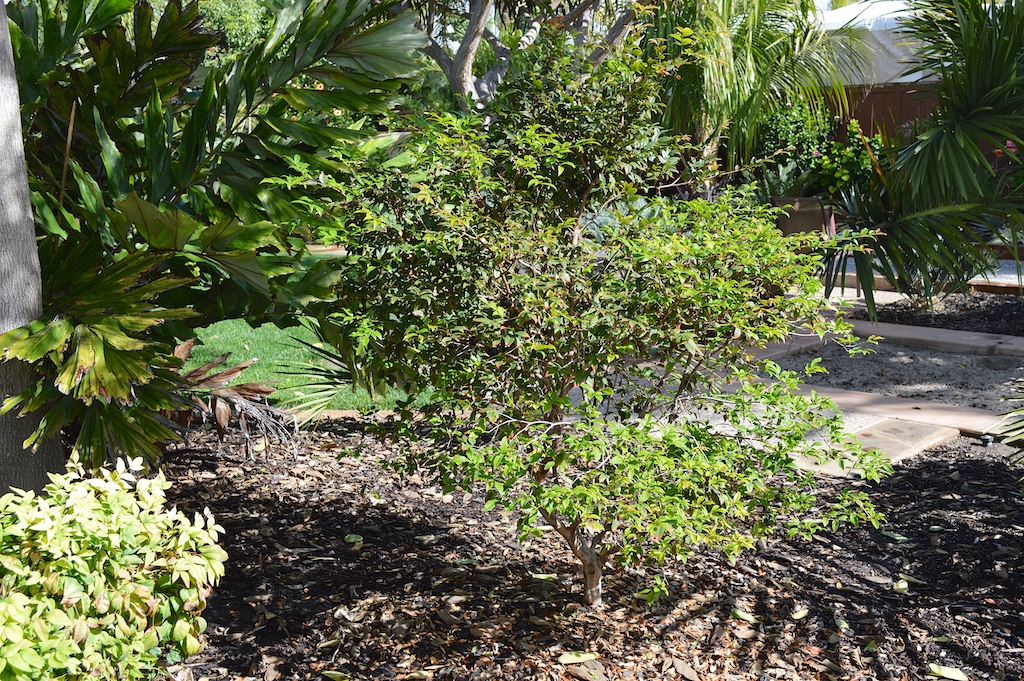

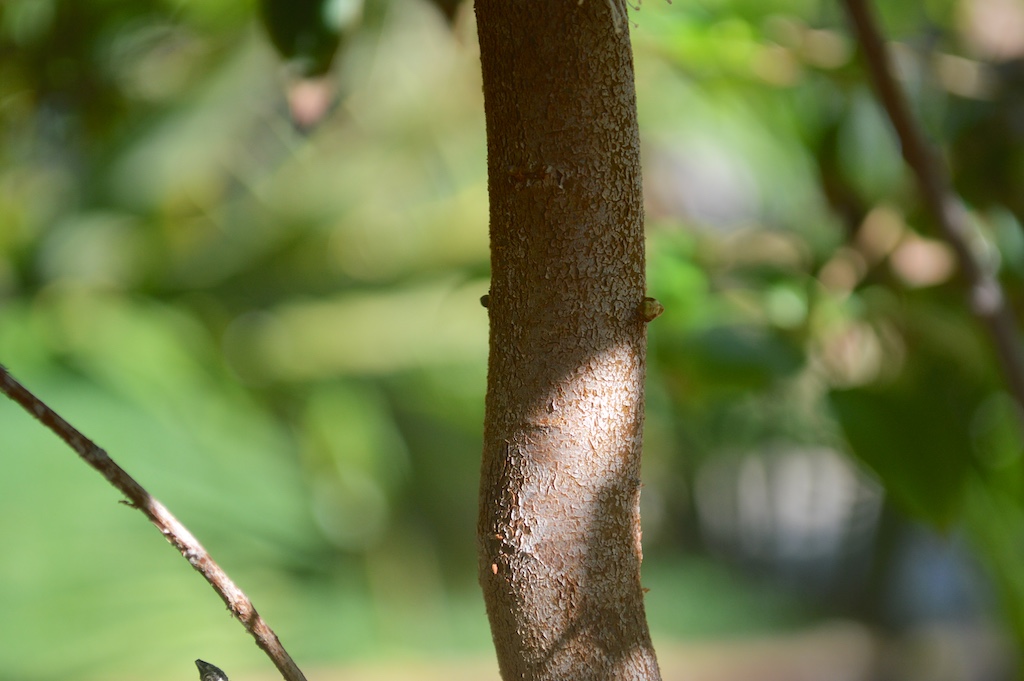
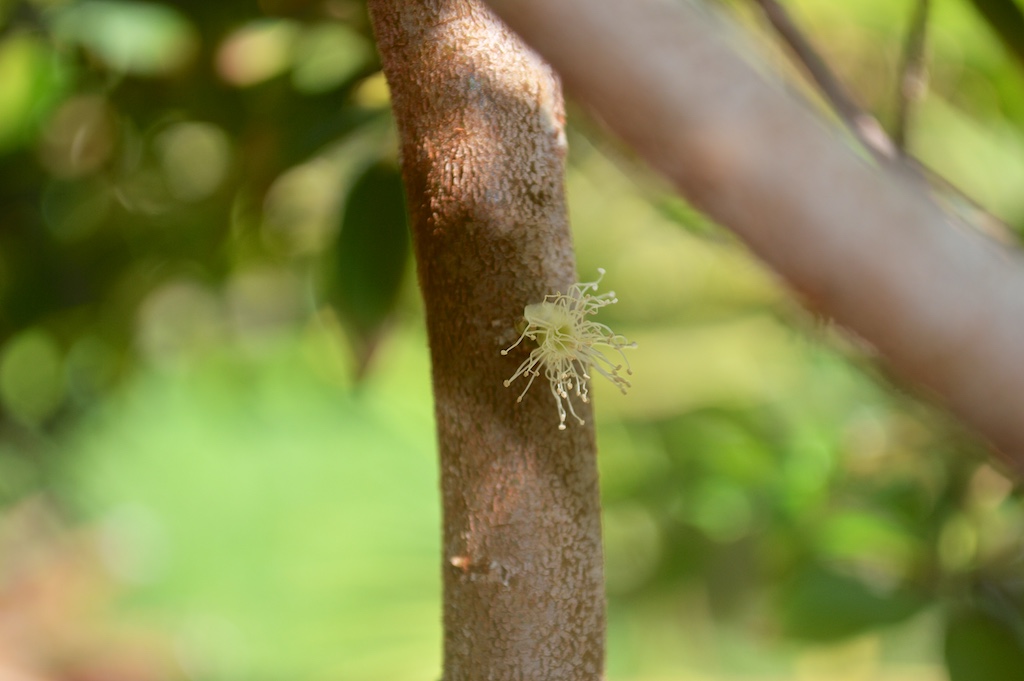
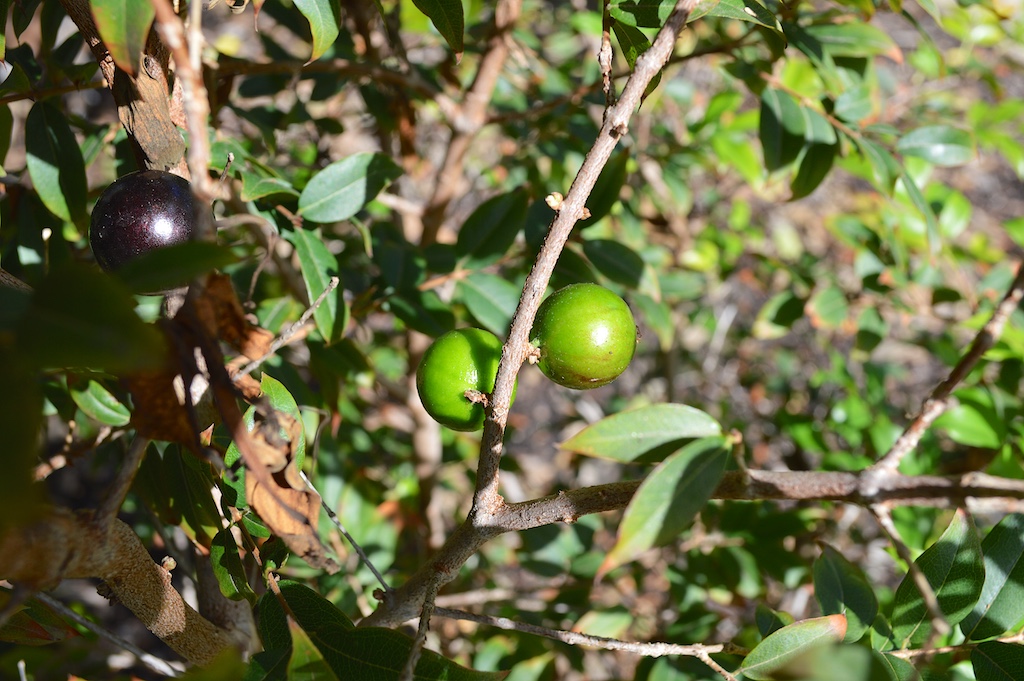
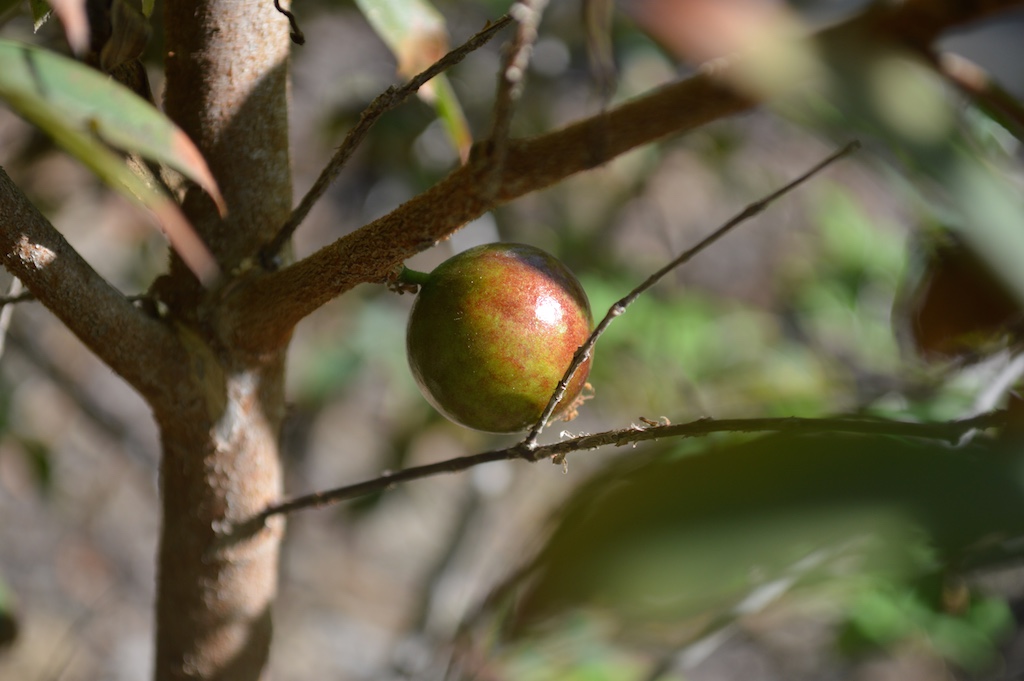
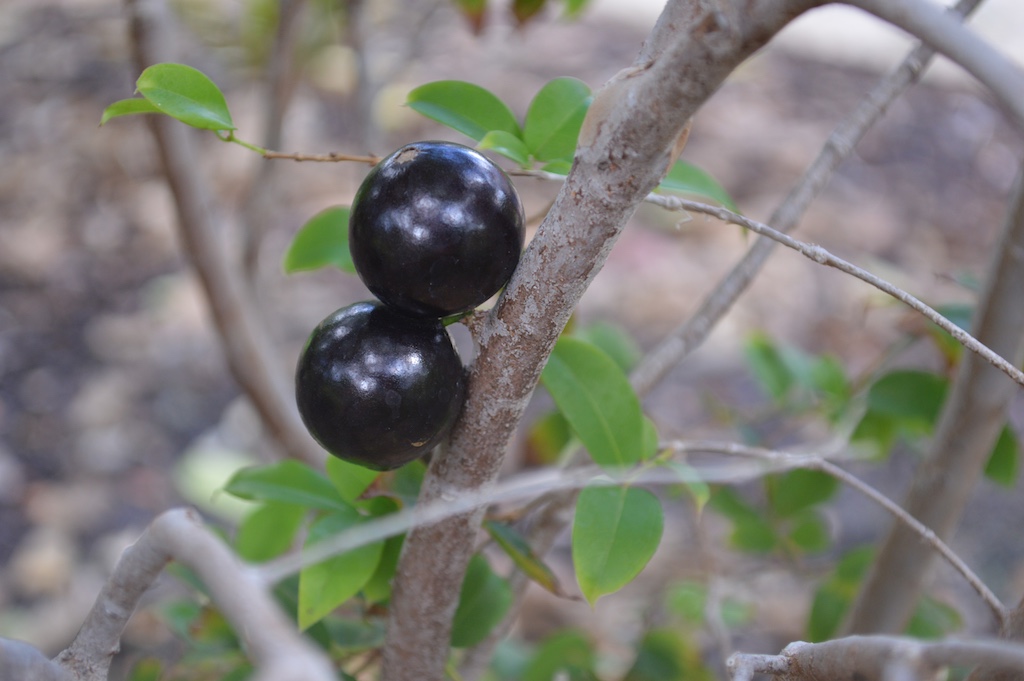
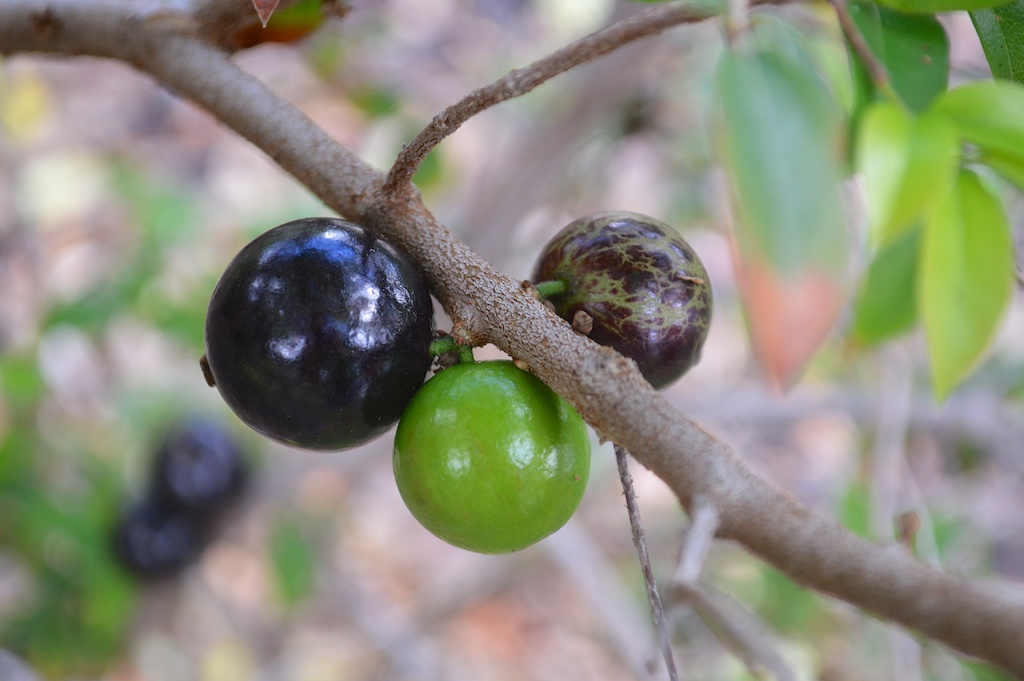
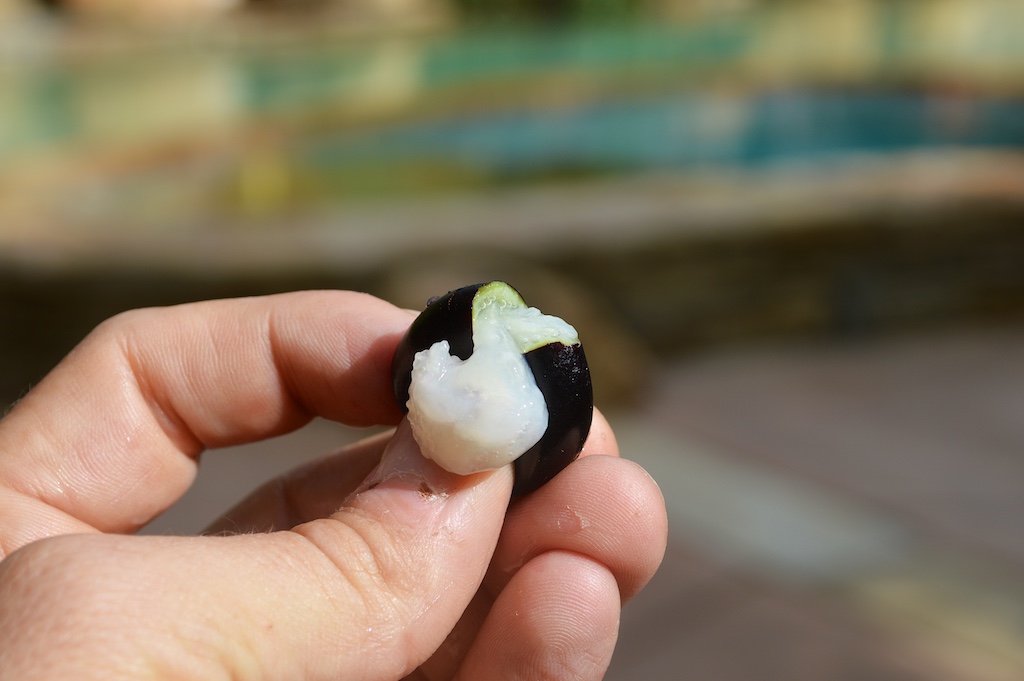
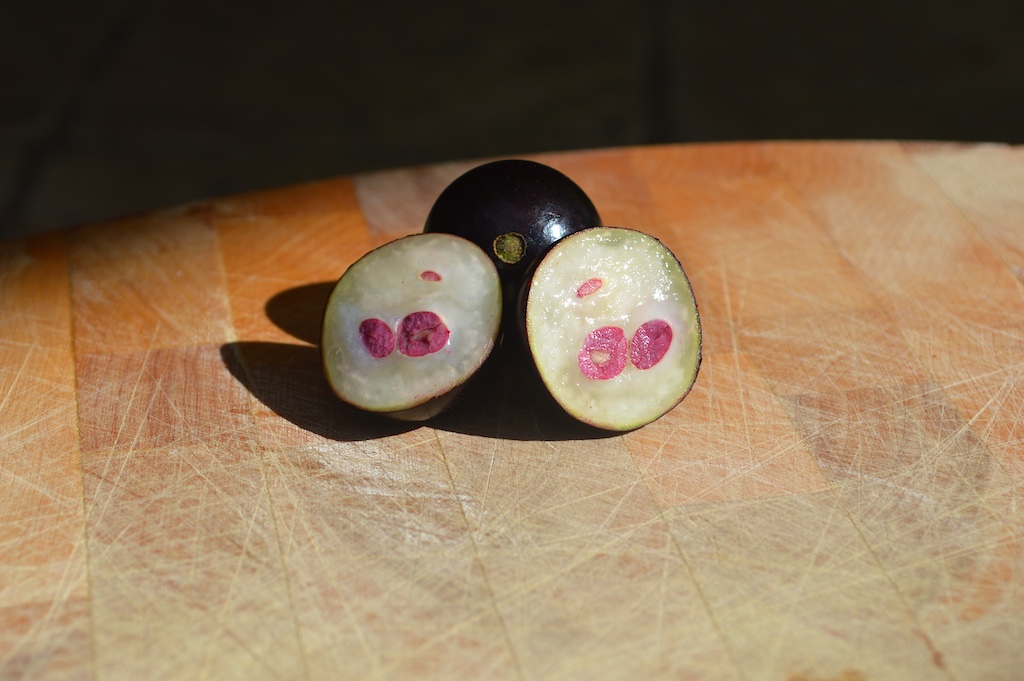
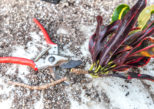
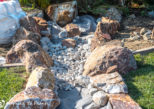

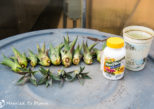
Hi, very nice photos, I tried many jaboticabas, coronata, cauliflora, unknown types, and there are a lot of variations… some of them are incredible good, and some no so good… so you should taste another species: coronata, sabara, grimal is the best…
Thanks. I will investigate these.
Hi again: watching the leaves, they look like myrciaria coronata, not cauliflora
Hi Marcus. It was labeled as Cauliflora when I bought it, but wouldn’t surprise me if it was incorrectly labeled. Thanks a lot.
Hi, hehe, I was wrong… now it looks like sabará, myrciaria jaboticaba… but not cauliflora to me…
Could you take more photos of the new sprouted leaves?
does it look like this?
http://www.huertasurbanas.com/wp-content/uploads/2017/09/junin_d22c4051-f2b9-4c2d-b8d6-9507314745cc-1.jpg
more photos http://www.huertasurbanas.com/2017/09/25/identificando-los-jaboticabas-mas-comunes/
Yes, it looks like that. But I think most do?
“Yes, it looks like that. But I think most do?”
well, not most species, just myrciaria jaboticaba (sabará) should be like that.
for instance look at these other sprouts, they look totally different:
http://www.huertasurbanas.com/wp-content/uploads/2017/09/lq_IMG_20170922_104627-768×576.jpg
they should be paulista or wild coronata…
I have two red Jaboticabas trees, that have been producing year round fruit. Tree is 7 feet at the moment. Would any one comment any info on the (Red) Janoticaba? Thank you!
Hi Maghie, sorry I don’t know much about the red one past it being a hybrid.
Hi, can I know where can i get this tree or seed? I from Pahang, Malaysia.
Good day.
No sorry. I do not 🙁
Salam sejahtera tuan..kalau dari pahang, saya rasa elok tuan pergi ke Mardi Cameron Highland..di situ ada beberapa pokok anggur brazil..saya rasa ketinggiannya cecah 12 kaki..kalau bernasib baik, pokok tu sedang berbuah, tuan boleh petik utk rasa buahnya dan simpan beberapa utk di jadikan benih..tak silap saya, pihak mardi ada menyediakan benih untuk dibeli..cuma, ada masalah kalau tuan beli dari cameron highland, jika di bawa turun ke bawah, kepanasan boleh menyebabkan pokok itu mati..saya ada menanam pokok tersebut dari benih yg di petik dari Mardi Cameron Highland..Alhamdulillah sekarang dah membesar sekitar 2 kaki..harap ini dapat membantu..
I hope the fruit grows on you. We lived in Brazil for a number of years and grew to love it. I think we are about the get our first crop. However; the jam is great tart like Rosella